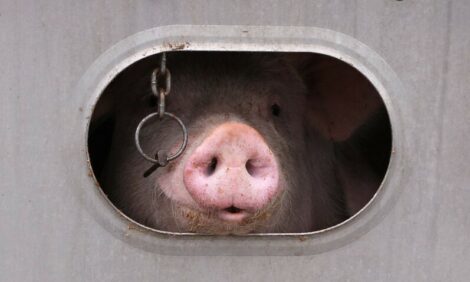



Canadian food prices to climb in 2025 - report
Annual grocery expenditures to rise $801.56 over last yearCanada's Food Price Report (CFPR) 2025 forecasts a rise in food prices between 3% and 5%, pushing the average family of four's annual food expenditure to $16,833.67—an increase of up to $801.56 from last year, according to a recent report fro Dalhousie Agri-food Analytics Lab. Though 2024 saw food prices grow more slowly than expected, affordability remains a major concern for Canadians as inflation continues to erode household budgets.
For 15 years, the CFPR has been produced by a cross-country research collaboration between Dalhousie University, the University of Guelph, the University of British Columbia, and the University of Saskatchewan. This team uses historical data, machine learning, and predictive analytics to project future food prices while analyzing the key factors shaping the Canadian food system.
Food insecurity on the rise
Despite easing inflation in 2024, food insecurity continues to affect millions of Canadians. In 2023, Statistics Canada reported that 22.9% of households in the ten provinces were food insecure, impacting 8.7 million people, including 2.1 million children. These figures are significantly higher in Nova Scotia (28.9%) and Prince Edward Island (28.6%), regions with the highest rates of food insecurity in the country.
Food banks saw record demand in 2023, with visits surpassing 2 million—an increase of 90% compared to 2019. Younger Canadians, especially Gen Z, are under significant financial strain, with nearly 40% relying on savings or credit to purchase food compared to 20% of Baby Boomers.
The role of Trump's tariffs
The re-election of Donald Trump and his potential tariff policies could disrupt the delicate balance of Canada's food distribution system. With 60% of Canada's agri-food exports going to the United States, Canadian producers rely heavily on American markets for growth. Trump's campaign rhetoric has emphasised reducing US farming costs and rolling back environmental regulations, signalling a shift toward protectionist policies.
"Trump's return to the White House introduces new uncertainties for Canadian food security," said Sylvain Charlebois of Dalhousie University. "Tariffs or restrictions on Canadian imports could strain cross-border trade and increase prices for Canadian consumers while undermining the economic stability of our agricultural sector."
Climate change and supply chain challenges
Severe weather events continue to wreak havoc on global and domestic food supplies. Droughts in Western Canada and wildfires blocking rail lines have reduced beef and other agricultural outputs, leading to higher prices for consumers. Similarly, international crop failures have driven up the cost of cocoa and orange juice, underscoring the fragility of global food systems.
Compounding these issues are supply chain disruptions caused by strikes and shutdowns at major Canadian railways and ports. These bottlenecks slow domestic shipments and jeopardize Canada's export commitments, all while the agricultural sector struggles with labor shortages in the post-pandemic economy.
A glimpse into consumer dynamics
Canadian consumers are increasingly vocal about rising food costs. In 2024, a boycott of Loblaw's, Canada's largest grocer, highlighted widespread frustration with perceived corporate greed. Although the boycott failed to impact Loblaw's financial performance, it drew attention to the need for increased competition in the grocery sector.
A newly implemented Grocery Code of Conduct, which includes major players like Loblaws, Sobeys, and Metro, aims to level the playing field for smaller manufacturers and grocers, fostering greater choice for consumers. While it remains unclear how effective this initiative will be, experts are cautiously optimistic about its potential to stabilize the market.
Looking ahead
With the influence of Trump-era policies looming and the ongoing impacts of climate change and supply chain vulnerabilities, Canadians face a complex web of factors shaping their ability to afford the food they need in 2025 and beyond.








